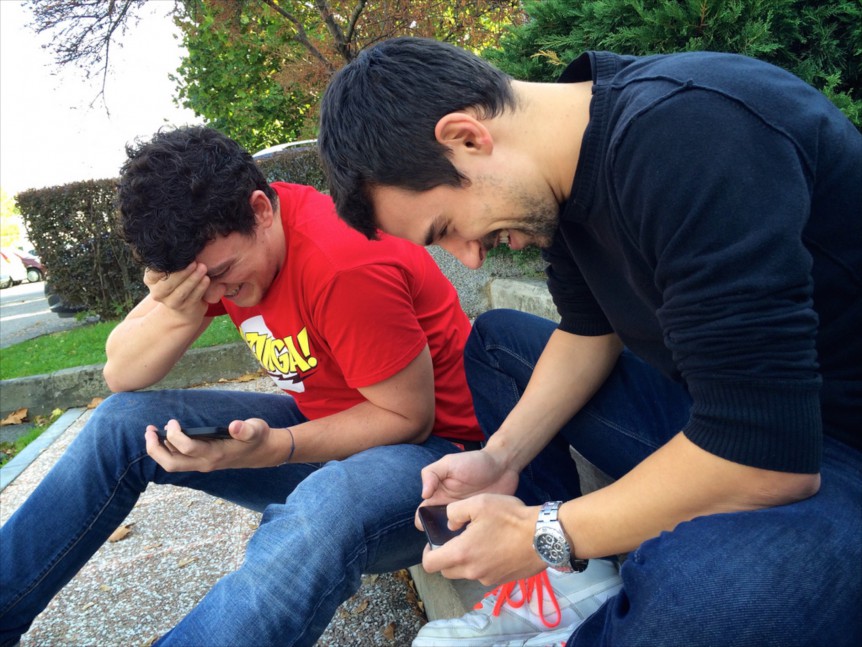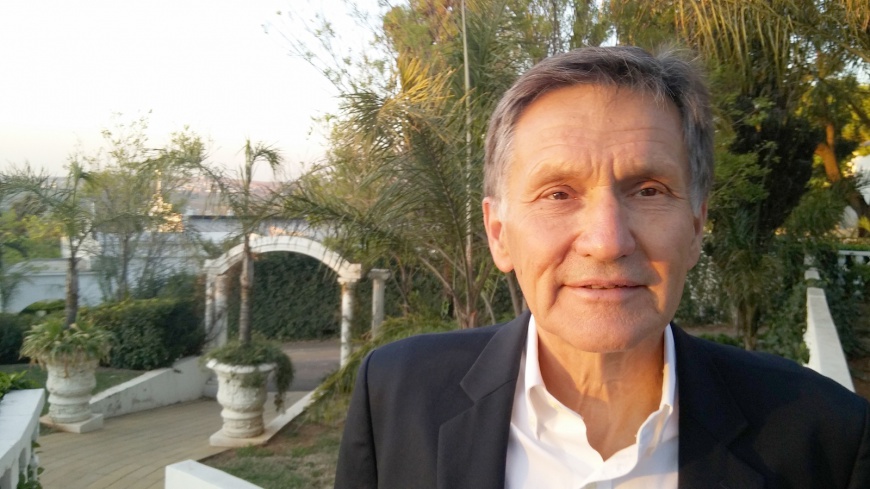In part one of this series, Tony Watkins introduced the concept of modality and multimodality. In this article, he develops these ideas to focus more explicitly on communicating through digital media. This is applied particularly within the context of Christian mission and ministry, but these principles are not distinctively Christian. They apply to any kind of digital media communication – for …
Digital Communication Foundations 2: What is communication?
In part one of this series of articles, Tony Watkins looked at the meaning of the term ‘mode’ within communication theory, and introduced the ideas of ‘semiotic resources’ and ‘affordances’. e must consider an important question before we go any further: what is communication? Gunther Kress says that communication is more complex than we imagine. The classic model of communication …
Digital Communication Foundations 1: Introducing Modes
In the first of a series of articles on digital communication theory, Tony Watkins introduces the idea of modes of communication. This material is based on lectures given at Norwegian School of Theology, Oslo. mode of communication is a way of expressing meaning, through speaking, writing, video, etc. Gunther Kress defines a ‘mode’ as a socially shaped and culturally given …
What is the Lausanne Media Engagement Network for?
A short video made to introduce the Lausanne Media Engagement Network at the Younger Leaders Gathering in Jakarta in August 2016.
Introducing the Media Engagement Network
Wayne Pederson talks about the Lausanne Media Engagement Network’s task to get churches, ministries and individuals involved in media-related ministry.
There are many opportunities for us to be involved through social media, so media ministry is no longer just for organisations with enough money to run a radio or TV station. ‘We have multiple opportunities and more tools in our toolkit to be able to communicate the gospel,’ says Wayne.
Wayne explains that we’re encouraging Christians to select media as a career – not just in Christian media, but in the mainstream secular media, where they can be salt and light.
Finally, Wayne talks about the need to help Christians use media responsibly, since there are dangers as well as opportunities and much to enjoy.
As we learn to use media more effectively among ourselves, we can see society changed.
Mobile Ministry Course
If you’re interested to learn more about taking advantage of mobile devices in ministry, sign up for the Mobile Ministry Training Course. It’s a four-week, online course to introduce any Christian to ministry opportunities using mobile devices.






